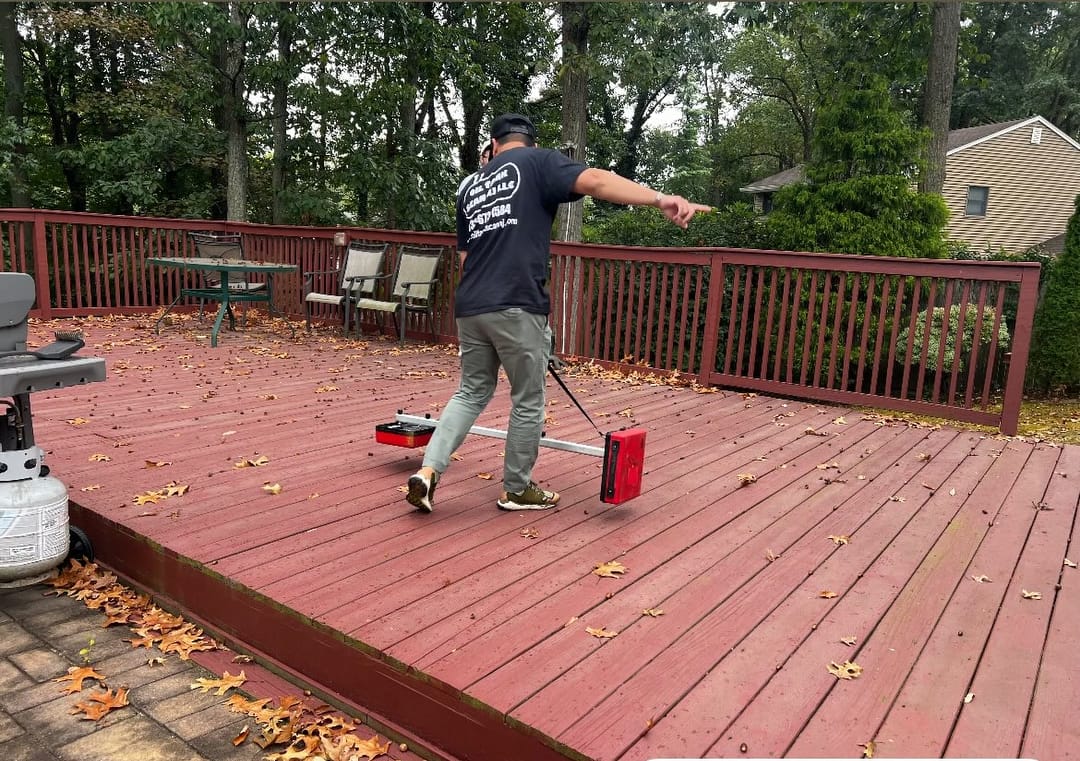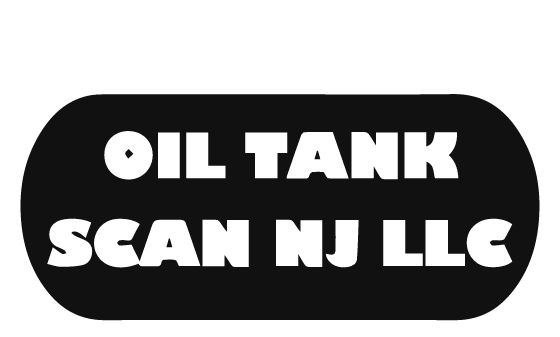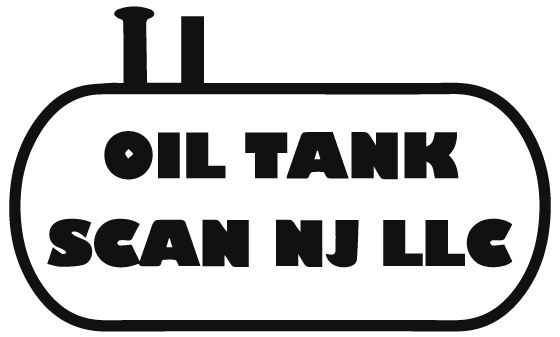- Home
- Oil Tank Sweep
Oil Tank Sweep

Professional Oil Tank Sweep Services in New Jersey
Underground oil tanks are a hidden risk that can lead to environmental hazards, costly remediation, and legal liabilities. Whether you are buying, selling, or inspecting a property, an Oil Tank Sweep is one of the most important steps you can take to protect your investment.
If there is a metal anomaly on the property that you are looking to purchase, we would recommend determining what that is, before closing. Oil tanks can be anywhere on the property- front yard, side yards, or backyard. Typically, they are within 15-20 feet of the original furnace, BUT we have found them way further than that. Again, better safe than sorry.
Oil Tank Sweep
Cost
Payment Methods
Note
Please make sure we have access to the entire property. No vehicles, trailers or anything parked in the driveway or on the property. We will not be able to scan those areas. If you would like us to come back a second time, there is a $125 charge for a rescan.
Mining
Metalurgy
Engineering
What is an Oil Tank Sweep?
When purchasing a property, one of the most overlooked risks is what lies beneath the ground. Exploratory digs are a critical step in property inspections, especially when an oil tank sweep identifies a potential metal anomaly. This process ensures transparency, safety, and peace of mind before closing a deal.
What is an Oil Tank Sweep?
An oil tank property scan (also known as an oil tank sweep) uses advanced detection equipment to locate buried metal objects on a property. These metallic objects (areas of concern) could be:
- Underground oil tanks
- Old septic tanks
- Gray water tanks
- Dry wells
- Scrap metal and buried debris
If a metal anomaly (area of concern) is identified, an Exploratory Dig is suggested. This is a separate appointment. Exploratory Digs are done by hand, with shovels- no machinery is used. We cut off the top layer of grass and dig a hole about the size of an extra-large pizza pie. We dig down until we can put eyes on the object and identify it.
Why You Need an Oil Tank Sweep
Prevent unexpected cleanup costs after purchase.
Protect your property value and resale potential.
Ensure environmental safety by detecting leaks before they spread.
Meet compliance and disclosure requirements during real estate transactions
How the Process Works
Our technicians conduct a thorough survey of the property using professional metal-detection equipment.
We flag any Areas of Concern (AOC) where underground anomalies are detected.
If anomalies are present, we may recommend an Exploratory Dig to physically confirm the object.
By including Oil Tank sweep in your property inspection, you eliminate guesswork and ensure your investment is safe, secure, and free from hidden surprises.
Typical Oil Tank Locations
While oil tanks can be buried almost anywhere, they are commonly found:
In the front yard, backyard, or side yard
Within 15–20 feet of the original furnace line
Occasionally much further away than expected, which is why a full-property scan is essential
Our Other Services
Contact us
Frequently Asked Questions
All your questions about the Oil Tank Sweep answered.
What is an Oil Tank sweep?
It’s a non-invasive inspection that uses detection equipment to locate underground metal anomalies such as oil tanks, septic tanks, or buried debris.
Why should I scan a property for oil tanks?
Undetected tanks can leak, causing soil contamination and costly cleanups. A scan ensures you don’t inherit unexpected liabilities.
How long does the scan take?
Most property scans take 1–2 hours, depending on property size and layout.
Will the scan damage my property?
No. The process is completely non-invasive and does not disturb landscaping or structures.
Where are oil tanks usually buried?
Typically in the yard within 15–20 feet of the original furnace line, but sometimes much further away.
What if you find a metal anomaly?
We’ll recommend an Exploratory Dig to confirm whether the object is an oil tank or harmless scrap metal.

